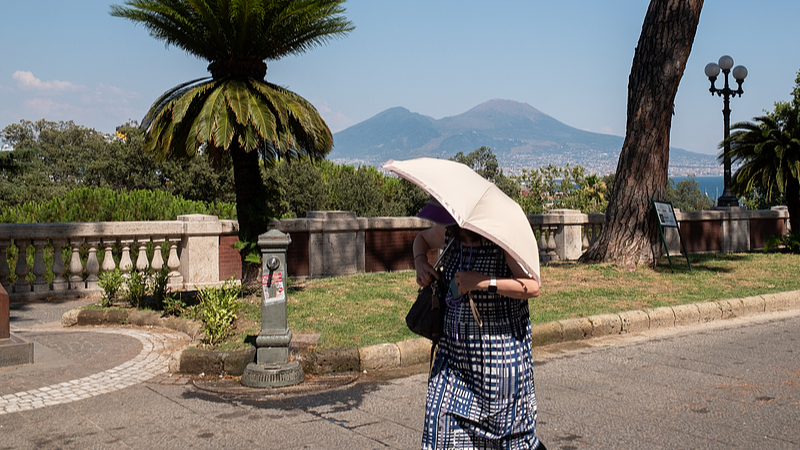Europe is sweltering under record temperatures, prompting governments to declare emergencies and launch protective measures. The European Centre for Medium-Range Weather Forecasts (ECMWF) reports that most of the continent now faces widespread high heat, with two-thirds of extreme events since 1950 occurring after 2000.
Western Europe has endured two intense rounds of heat waves. Spain and Portugal have imposed water restrictions, France opened additional cooling centers, and Germany adjusted school hours to avoid midday peaks. Fire-risk alerts have surged in parched southern forests, putting local communities on high alert.
Data from the World Meteorological Organization’s Regional Climate Centre Network of Regional Association VI (Europe) underscores a clear trend: extreme heat episodes are becoming more frequent and severe. “We’ve never seen such consistent highs,” says an ECMWF spokesperson. “Adaptation is no longer optional.”
Across G20 nations, digital-savvy young global citizens are sharing heat-smart hacks—portable misting fans, sun-reflective clothing, and crowd-sourced cooling spots on social media. Tech entrepreneurs are racing to market smart wearables that monitor body temperature and affordable insulation kits for historic buildings.
Thought leaders call for systemic solutions: expanding urban green corridors, updating building codes for passive cooling, and deploying AI-driven early-warning systems. Sports leagues in Europe are shifting game times to evenings, while tourism boards encourage indoor cultural experiences during peak heat hours.
As Europe adapts to an increasingly hot future, the takeaway is clear: climate resilience must become part of daily life. Staying informed, staying cool, and supporting sustainable innovation are the best defenses against whatever heat wave comes next.
Reference(s):
Live: Europe takes emergency measures amid high temperatures
cgtn.com




